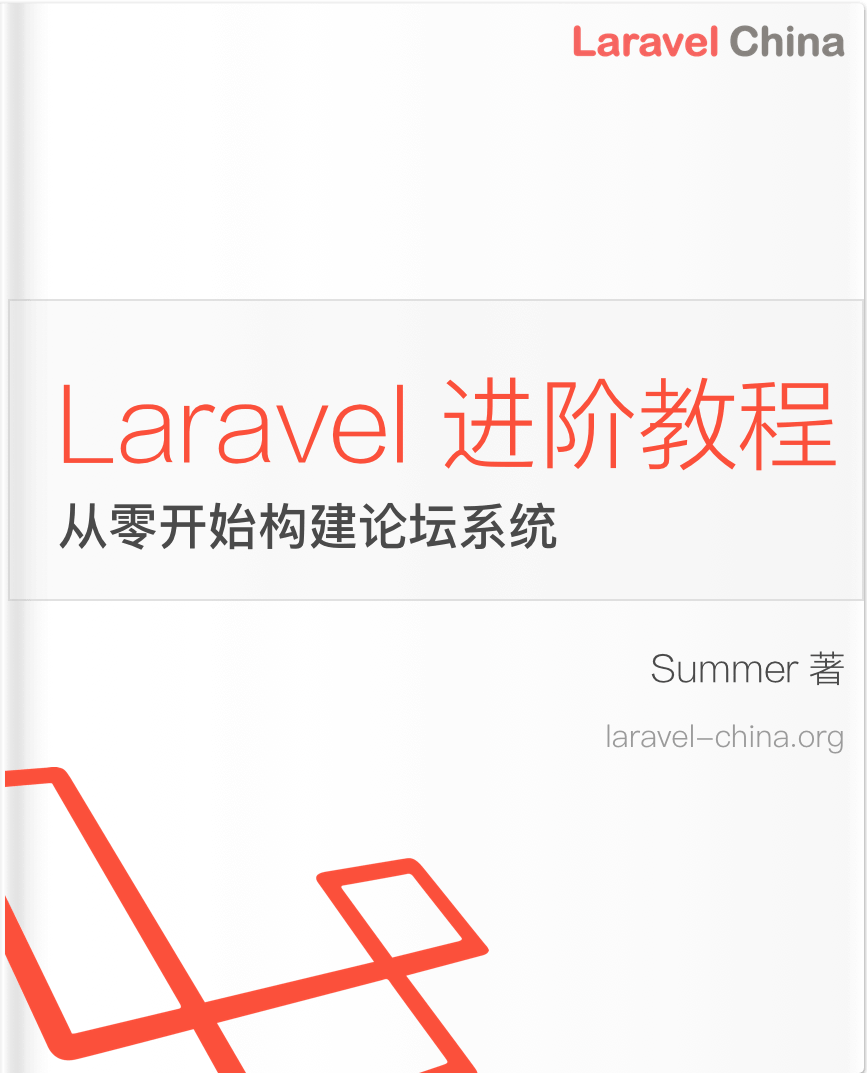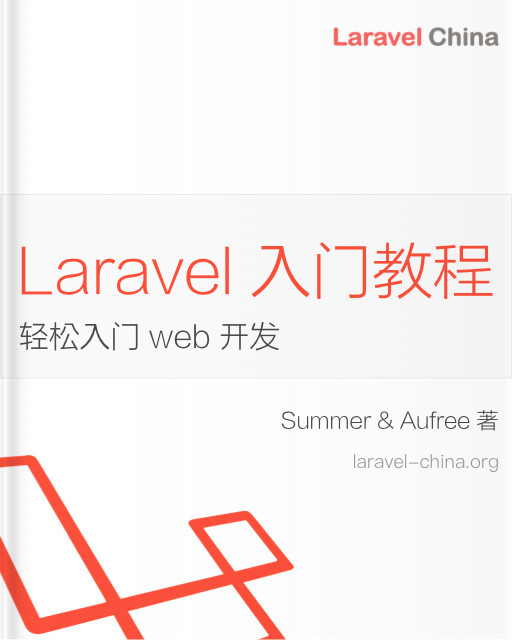Laravel 中实现 MySQL 批量更新的两种方式:case when 与 join
示例数据
假设有一个 users 表,结构如下:
| id | name | status |
|---|---|---|
| 1 | Alice | active |
| 2 | Bob | active |
| 3 | Charlie | inactive |
| 4 | Dave | inactive |
现在要实现如下的批量更新:
id为 1 的用户状态更新为inactiveid为 2 的用户状态更新为suspendedid为 3 的用户状态更新为activeid为 4 的用户状态更新为suspended
假设更新条件存储在数组 $updates 中:
$updates = [
['id' => 1, 'status' => 'inactive'],
['id' => 2, 'status' => 'suspended'],
['id' => 3, 'status' => 'active'],
['id' => 4, 'status' => 'suspended'],
];方法一:使用 case when 实现批量更新
case when 语句适合较少数据的批量更新操作,可以根据 id 的值选择性更新每行的数据。
实现代码
- 构造
case when语句:遍历数组,将id与对应的status值拼接成when条件。 - 生成完整 SQL:使用
case when条件更新,限定更新范围。
use Illuminate\Support\Facades\DB;
$sql = 'update users set status = case id';
foreach ($updates as $update) {
$sql .= sprintf('when %d then %s ', $update['id'], $update['status');
}
$sql .= sprintf( 'else status end where id in (%s)', implode(',', array_column($updates, 'id')) );
DB::update($sql);
// 或: DB::statement($sql);生成的 SQL 如下:
update users
set status = case id
when 1 then 'inactive'
when 2 then 'suspended'
when 3 then 'active'
when 4 then 'suspended'
else status end
where id in (1, 2, 3, 4);优缺点
- 优点:简单清晰,适合小批量更新。
- 缺点:更新多字段时处理较麻烦, 数据量较大时
SQL会变得冗长,性能不如join高。
方法二:使用 join union all 实现批量更新
join union all 适合较大数据量的批量更新。它通过虚拟表更新匹配的字段,性能更优。
实现代码
- 构造 union all 子查询:将
$updates数组转换为union all子查询结构。 - 生成完整 SQL:使用
join将主表与子查询连接,进行更新操作。
use Illuminate\Support\Facades\DB;
$union = [];
foreach ($updates as $update){
$union[] = sprintf("select %s as id, '%s' as status", $update['id'], $update['status']);
}
$union = implode(' union all ', $union);
$ids = implode(',', array_column($updates, 'id'));
$sql = <<<SQL
update users as u
join ({$union}) as updates
on u.id = updates.id
set u.status = updates.status
where u.id in ({$ids})
SQL;
DB::update($sql);
// 或: DB::statement($sql);生成的 SQL 如下:
update users as u
join (select 1 as id, 'inactive' as status
union all
select 2 as id, 'suspended' as status
union all
select 3 as id, 'active' as status
union all
select 4 as id, 'suspended' as status) as updates on u.id = updates.id
set u.status = updates.status
where u.id in (1, 2, 3, 4);
优缺点
- 优点:性能较高,适合大量数据批量更新。
- 缺点:代码稍微复杂一些,但 SQL 结构更加清晰。
总结
| 方法 | 优点 | 缺点 |
|---|---|---|
| case when | 简单清晰,适合少量数据的批量更新 | 更新多字段时处理较麻烦, 数据量较大时 SQL 会变得冗长 |
| join union all | 性能优,适合大批量/多字段数据更新 | 代码稍复杂,需要构造子查询 |
根据数据量和需求选择合适的方式:case when 更适合简单的、小数据量的批量更新;而 join union all 在数据量大、更新字段较多时更高效。
注意:以上代码仅仅供参考, 使用是需要结合实际场景进行修改。(比如: 数据量过大时需要分批处理)
本作品采用《CC 协议》,转载必须注明作者和本文链接





 关于 LearnKu
关于 LearnKu




推荐文章: